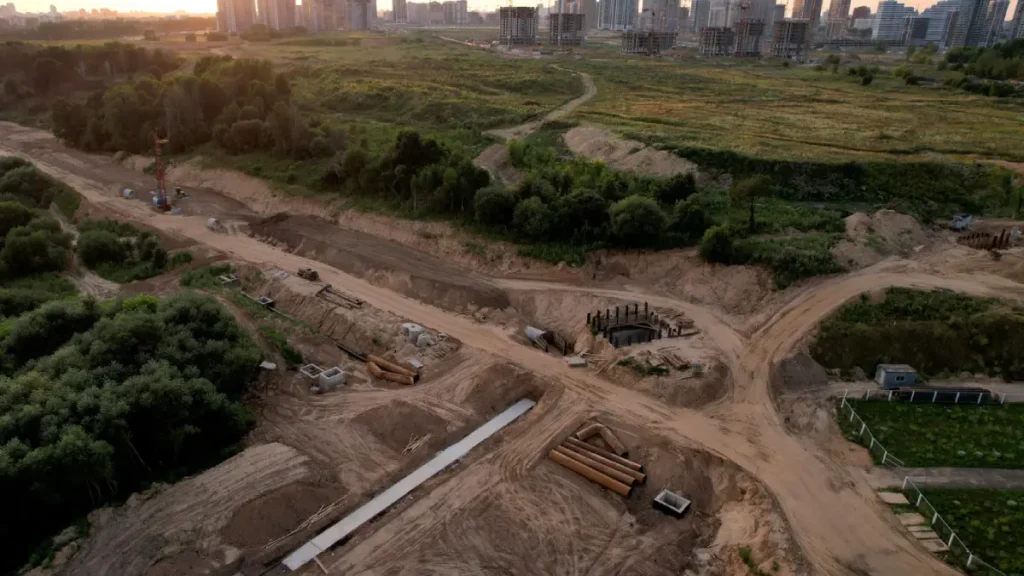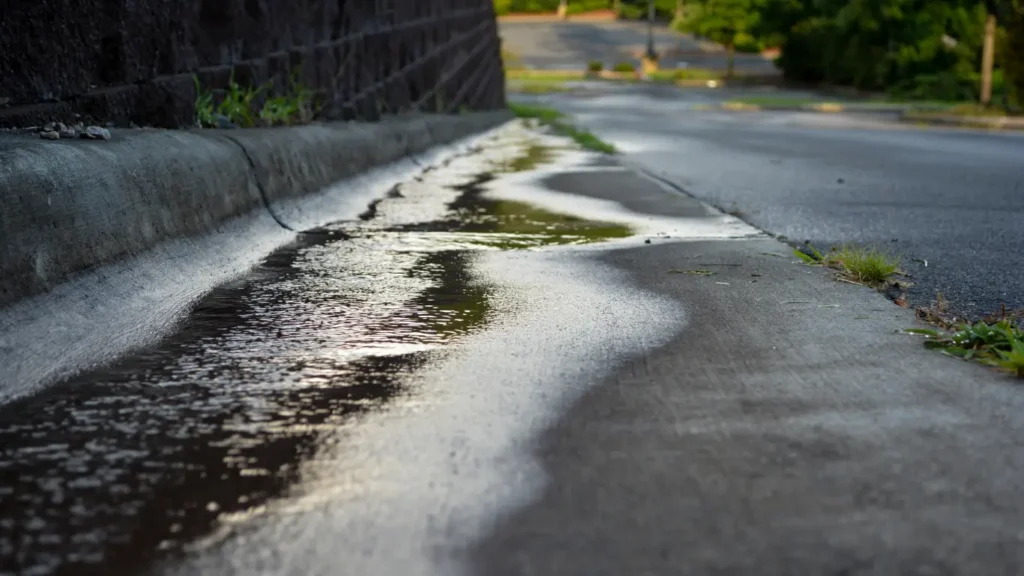As every construction site is unique, there is no such thing as a one-size-fits-all stormwater runoff management system. However, there are several different methods for managing stormwater runoff that can be adapted to fit specific building locations. Here is a closer look at four of the most common with a detailed explanation of each.
Low-Disturbance Practices

Exposed soil can end up in stormwater runoff quite easily. However, when a construction site is laid out in a way that utilizes the natural features of the land, runoff is reduced. Removing trees and vegetation also removes root systems that act as natural dams which prevent loose soil and rocks from washing away and entering the stormwater system.
Keeping Natural Features
As protection of the natural environment is the primary goal of proper construction site practices, one method of achieving this involves making use of what is already there. Wetlands are an example of a location that can become either parkland or a green space within a major construction project. This preserves the habitat and creates a unique environmental feature.
Controlling Erosion with Terraced Slopes

The creation of terraced slopes gives you control over where stormwater runoff travels. By directing the runoff to retention basins, you trap any potential contaminants that enter the system. It also prevents soil erosion from uncontrolled runoff sweeping across a construction site. Terraced slopes also reduce the amount of soil and debris that can be moved away.
Monitoring Site Entry and Exit
Probably the most common stormwater runoff management method involves careful monitoring of traffic coming and going to or from the construction site. By keeping these areas organized by cleaning spills or debris collection, the potential of stormwater pollution is greatly reduced. The less of these items being spread around, the less likely they will contaminate.
What Makes Stormwater Runoff Dangerous?
When it rains, the water that collects on the ground has to go somewhere. Gravity helps it move to the lowest spot and that usually is a natural waterway like a storm drain, river or stream. As water moves to these locations, it gathers debris from silt and sand to leaves and branches. If that rainwater passes through a construction site, it may pick up chemicals and other items that can make the runoff toxic by the time it reaches a water supply.
This toxic mixture of contaminants may endanger the ecosystem by killing fish and wildlife, and polluting water sources that can cause further damage. This is why it is vital to have a solid stormwater runoff management program in place at a construction site.
The Legal Part

The Environmental Protection Agency (EPA) has strict guidelines regarding water pollution. Penalties are enforceable by law. To avoid fines and possible persecution, it is wise to adhere to the standards set by the EPA and exceed them. When you take care to ensure that your construction site is safe and compliant with all regulations, the project is easier to manage and gets completed quickly without delays.
The NPDES Standard
The NPDES (National Pollution Discharge Elimination System) is a federal permit system focused on the construction industry. It is used to assist contractors to be compliant with runoff at construction sites. The system sets limits on how much waste is allowed to leave construction sites. It includes waste that is moved from the site through drainage. The NPDES was devised by the Clean Water Act which also details consequences of not maintaining the standards.
For Help With Stormwater Management In Brisbane, Turn To E4H
E4H has the equipment to help you with all your construction needs. From earthmoving and road construction to landscaping in Brisbane, E4H has the right equipment for hire. Contact them today to get the tools that will help with your project and maintain stormwater management. Call E4H for further information.
Conclusion
Stormwater runoff is not something to take lightly. That is especially true if it occurs at a construction site. Regardless of the size of the project, you have a legal obligation to ensure that contaminants do not enter stormwater polluting it. You are further obligated to ensure that runoff is controlled and monitored to prevent an environmental threat. Fortunately, there are methods that can be implemented at a construction site to reduce the risk of contamination. It is important to note that the use of heavy equipment can contribute to runoff contamination, but those same tools can help you prevent toxins from entering the water system. All you need to do is follow the guidelines set out by the NPDES to meet or exceed the standards set.



